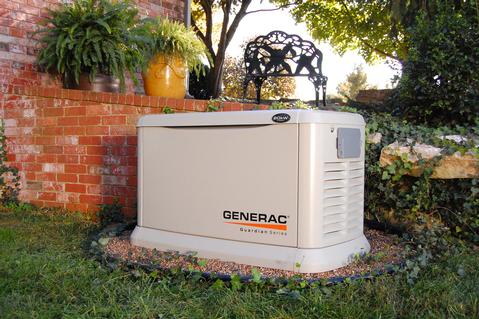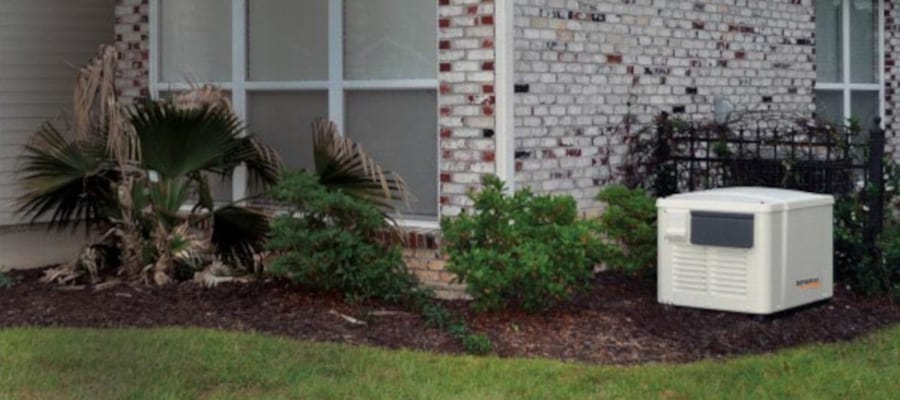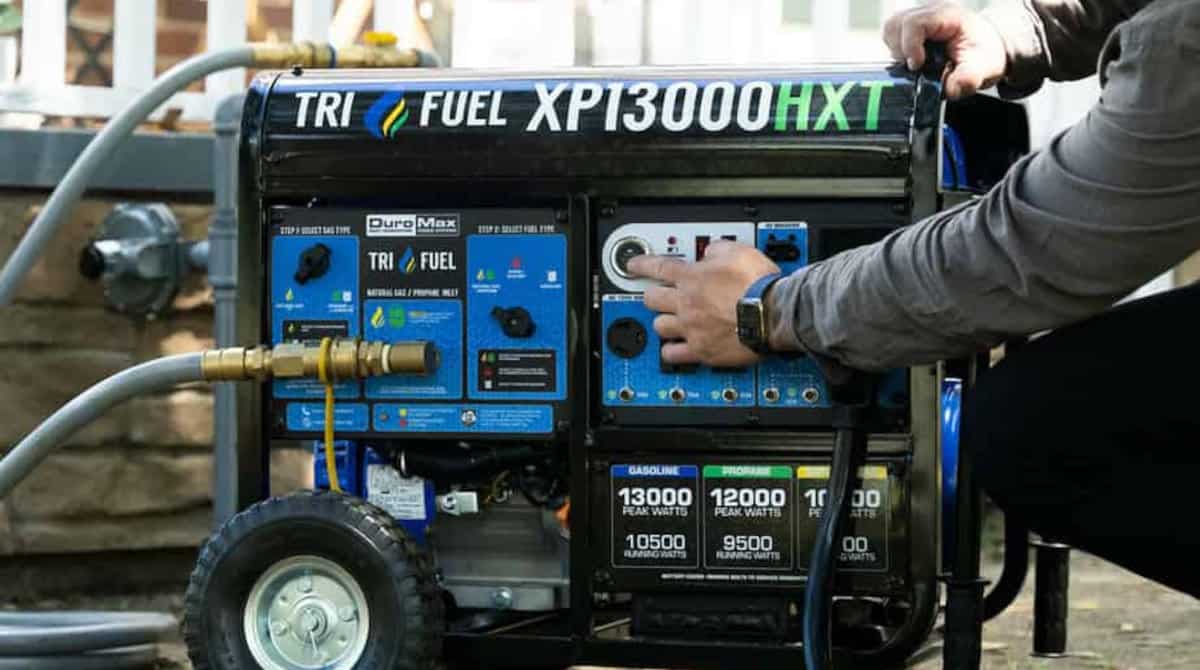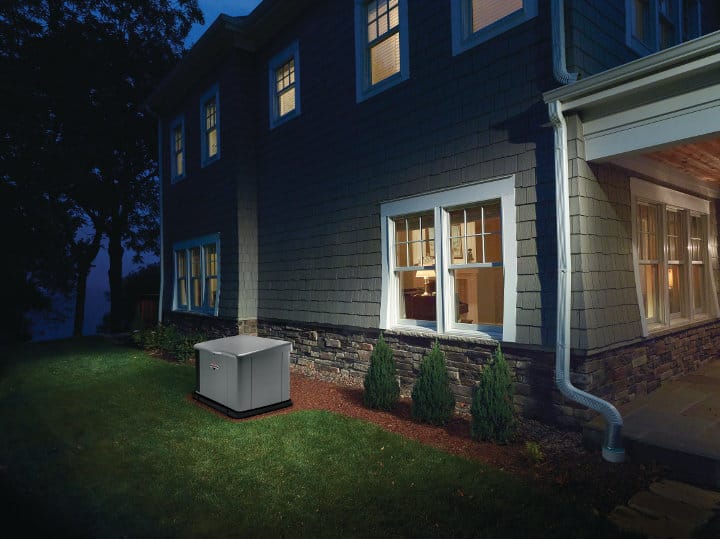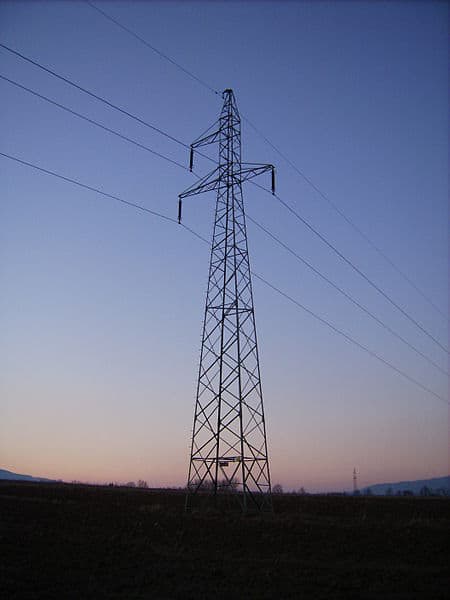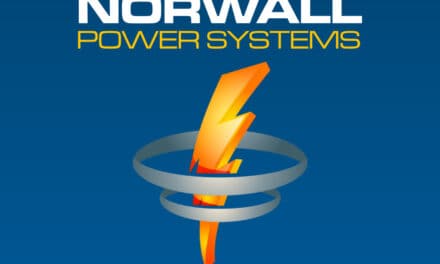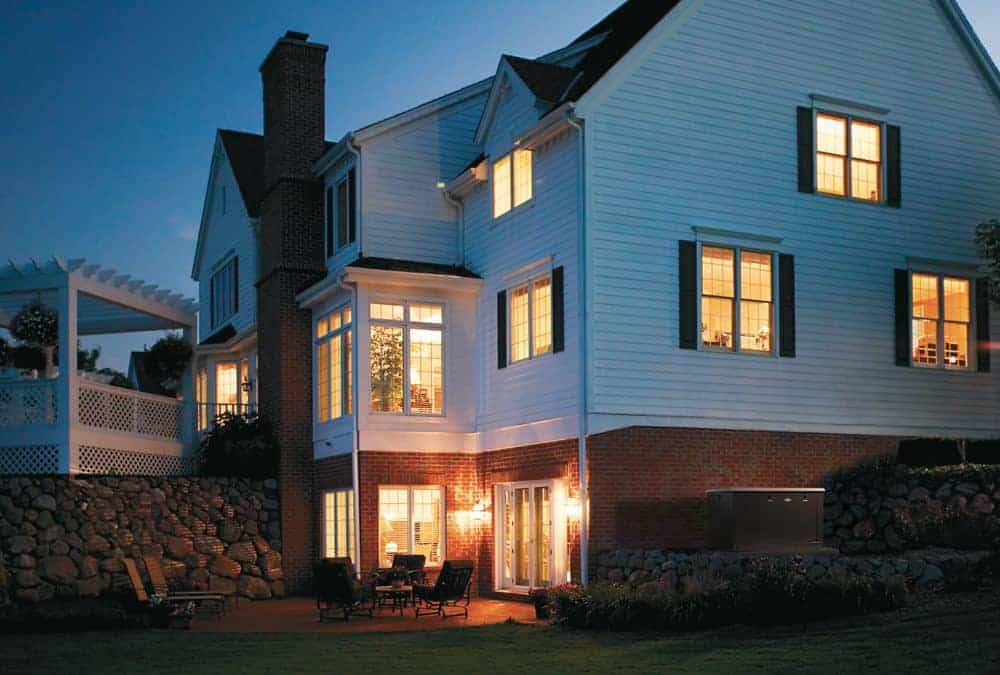An Automatic Generac Guardian Standby Generator starts and runs automatically moments after an outage hits, restoring power in seconds. Uses Natural Gas or Propane—No dangerous or volatile fuels to store.
What Can I Run with My Generator
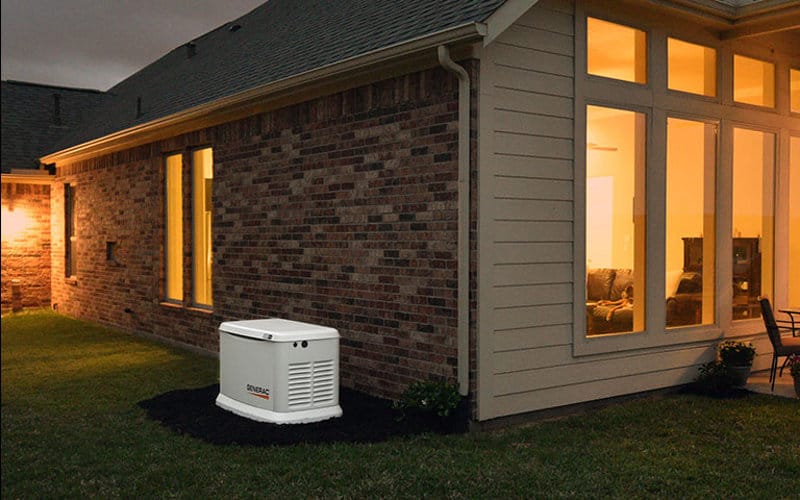
It depends. Norwall PowerSystems offers standby generators that range from 7000 watts to 150,000 watts and portable generators from 2000 watts to 20,000 watts. Because a generator may represent a considerable investment in both the equipment and in the installation costs, selecting the right generator to meet current and future needs is important.
Generac 22kW Home Standby Generator System
Portable Generator: Tank size limits the run time of gasoline and propane models. Natural gas is nearly limitless, but the generator requires maintenance every 1-4 days. Although not automatic like a standby generator, they can power some essentials during an outage. The initial cost is less than a standby, but to run hardwired appliances like the furnace or air conditioning requires a transfer switch.
Standby Generator: Connects to the home’s natural gas or propane supply. Hardwired to a transfer switch and permanently installed. Standby generators operate automatically on an as-needed basis—similar to the way a hot water heater or furnace runs automatically whenever it is needed. When a power outage occurs, the system senses the outage immediately. An automatic transfer switch isolates the electrical system from the utility lines and connects it to the generator to provide the home with power. The entire process happens in seconds.
3500 Watts to 7000 Watts

Portable Generators in 3500 watt range can power a refrigerator, few lights and a small appliance or two. It might handle the addition of a sump pump provided both the pump and the refrigerator don’t turn on at the same time. They can run together, but can’t start together. See Starting Watts. At 5000 watts, the additional power can handle a coffee maker, 1000-watt microwave oven, and possibly a hair dryer or mid-sized window air conditioner.
With a manual transfer switch, generators with 120/240-volt outlets can power a furnace, or with enough power, a small central air conditioner.
Portables don’t include power management. Using power judiciously allows the portable generator to supply various loads, but not all at once. A manual transfer switch can assist by providing an easy means to connect and disconnect loads using the circuit breakers instead of managing power with extension cords.
Only use outdoor rated heavy duty generator cords rated for the current the outlet can provide. A 15-Amp outlet requires a 12 or 14-gauge 15-amp cord (at a minimum). 20-amp outlets require a 12 or 10-gauge 20-amp cord.
7000 to 9000 Watts
Air-cooled standby generators in this range provide enough power to keep essential home systems operating. Operating a sump pump, freezer, refrigerator, and furnace will use up to 4000 watts. Add in some lights, a small television, and a microwave oven, and a 7500-watt unit is working close to its continuous capacity. A larger 9,000-watt standby unit could probably handle the additional load of a 1-ton air conditioner.
Portable Generators require additional attention on the part of the homeowner to manage the loads. When planning a generator purchase, consider the power quality of the generator and choose one with less that 5% Total Harmonic Distortion. Poor quality power may damage electronics and some appliances, or the appliance may simply shut itself off.
This scenario depicts a home operating with only the bare essentials. There’s enough power to keep the home safe from flooding and the food from spoiling while providing the means for minimal lighting, some outside communication, and to heat some soup for dinner.
8kW Standby Generators | 8000 Watt Portable Generators | 10000 Watt Portable Generators
10000 to 13000 Watts
In addition to powering the basic essentials, the middle ground standby generators that supply 10 to 13 kilowatts can handle some larger loads that include well pumps, electric hot water heaters, and a larger central air conditioning unit. A transfer switch with a managed power option can extend this capability to a number of appliances. At the top end of this range, there’s usually enough power left over to keep the kids busy with a video game or a desktop computer.
14000 to 15000 Watts
With a generator of this size, it becomes possible to add multiple kitchen appliances such as electric fry pans, coffee makers, hot plates, and toasters. Each use 1000 to 1500 watts, so it is still easy to overload the system if you are not careful about your power use. Keep too many of these devices operating and you’ll find that your A/C unit won’t start or the well pump doesn’t run.
16000 to 20000 Watts
Generators in this range are a good choice when the homeowner wants to keep all the essentials operating along with a number of conveniences. With transfer switches that manage power, a number of high-voltage appliances can operate. It is still important to understand that the generator isn’t the nearly-limitless supply that the electric utility offers. Even so, most of the people in a house won’t notice that the power is out once the generator is running.
16kW to 17kW standby generators are essential if you need to power multiple large air conditioners alongside hot water heaters and well pumps. Larger homes may require the additional power of generators that supply 18kW to 20kW of air-cooled power.
22000 to 26000 Watts
The 22kW to 26kW Generators offer the most power available from an air-cooled standby. The next step up is a liquid-cooled generator with sizes starting with 15kW to 150kW.
Only two manufacturers offer air-cooled generators with a capacity greater than 20kW. Briggs and Stratton offers a 26kW, Generac has three sizes in 22kW, 24kW, and 26kW. The larger generators use the same size engine as competing 20kW generators, improving on fuel economy and efficiency.
Run multiple air conditioners at the same time. Power the electric rangem dryer, and water heater. All while keeping the lights on and all the small appliances and entertainment systems.
Before deciding which generator you will purchase, conduct your own power audit to size your generator, consult with the electrician who will install it, and confirm your plans with your local building and code enforcement agency.

